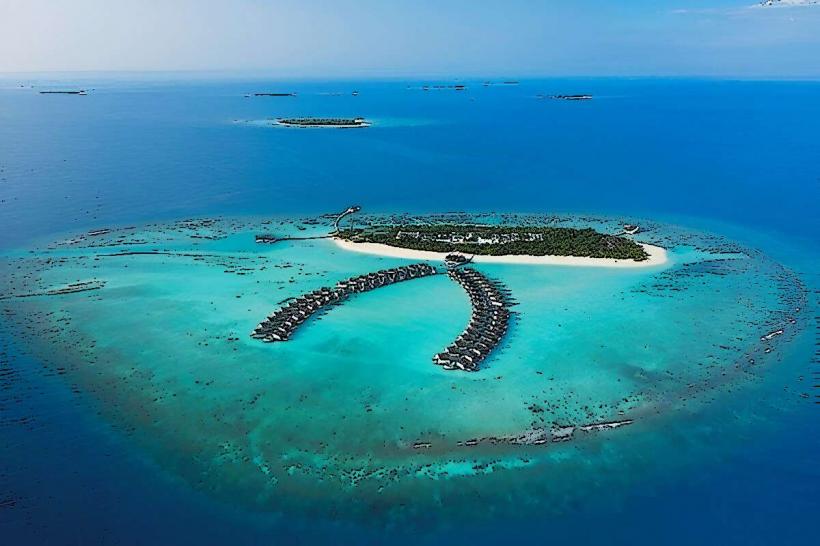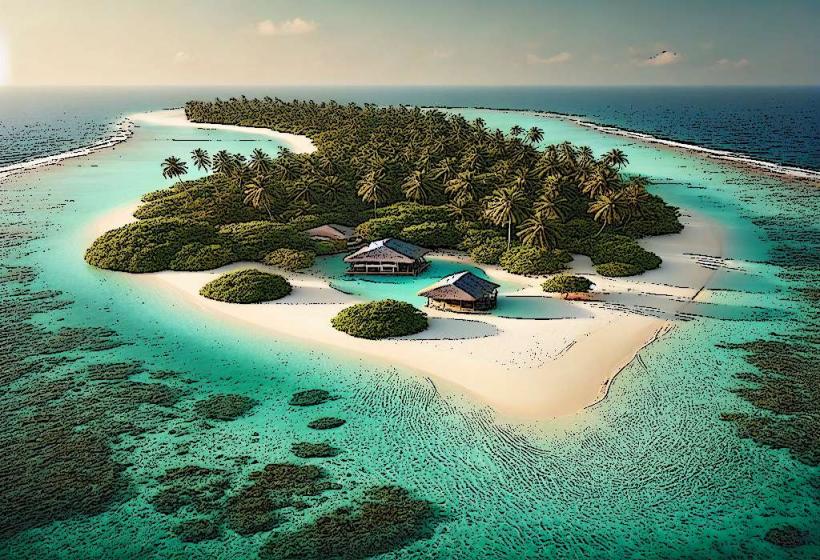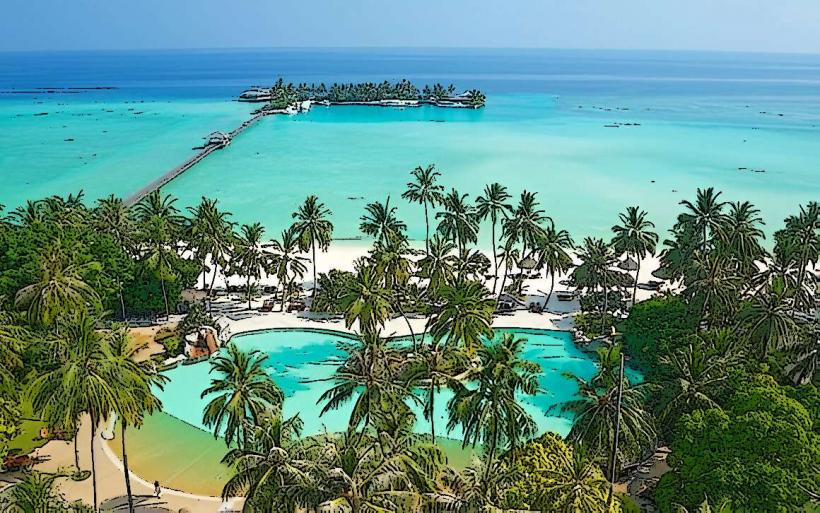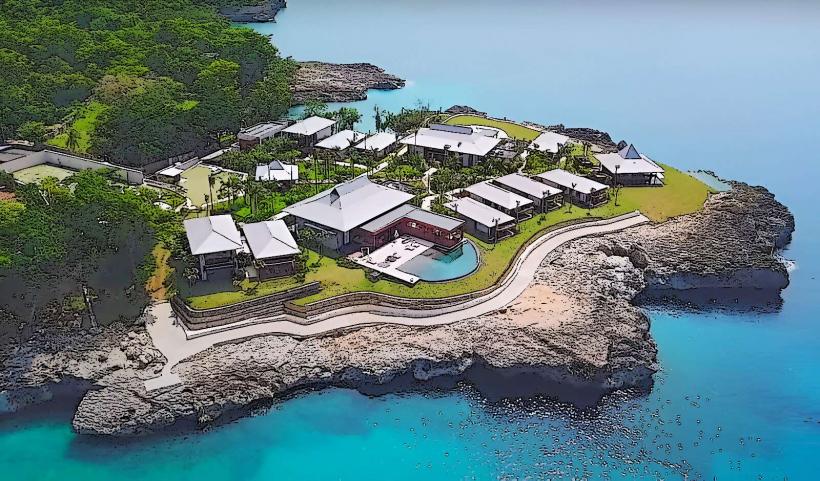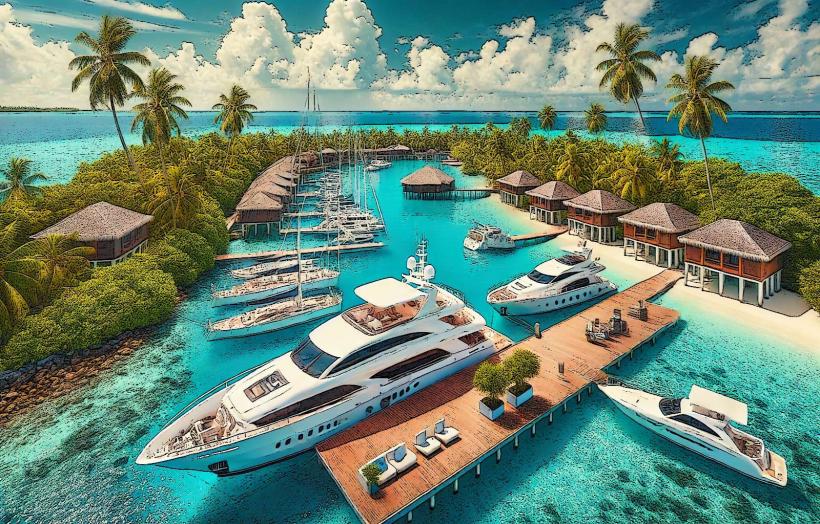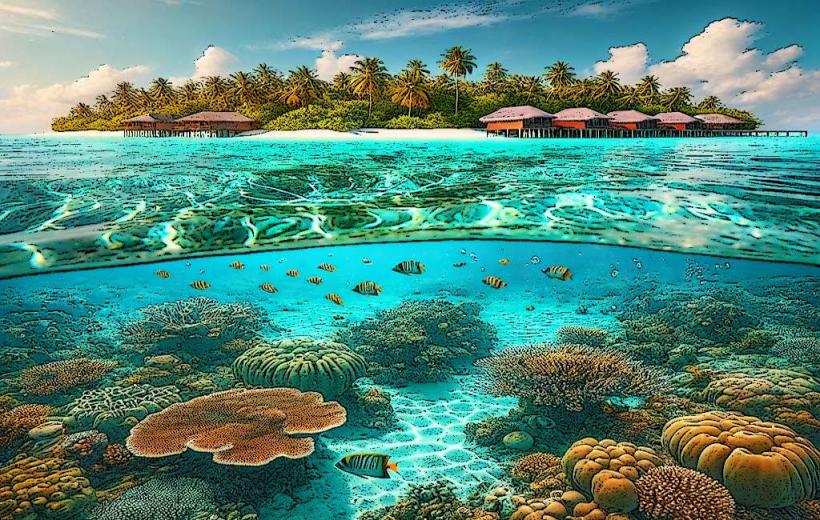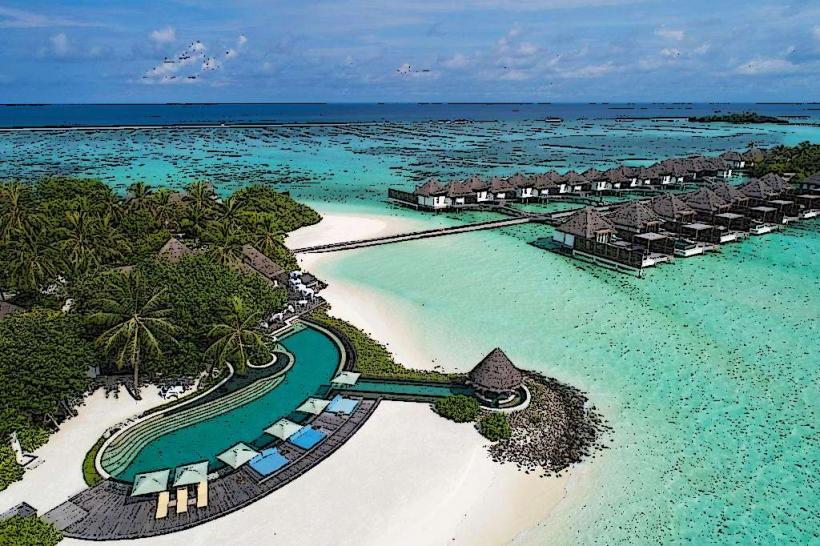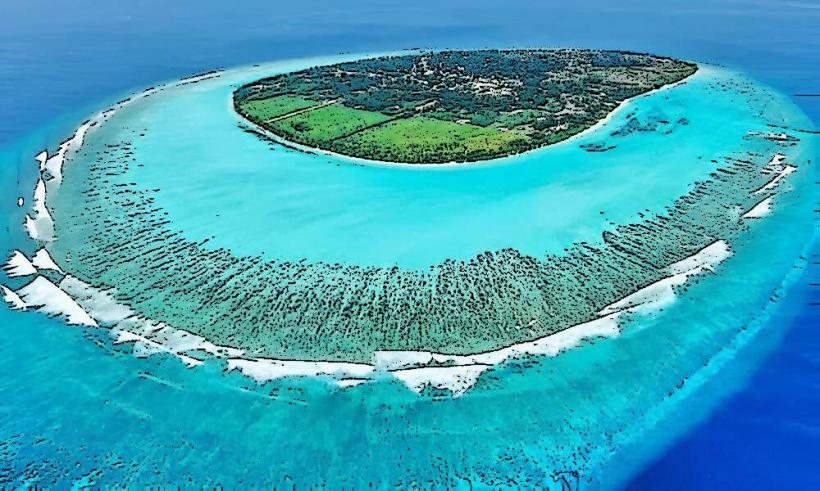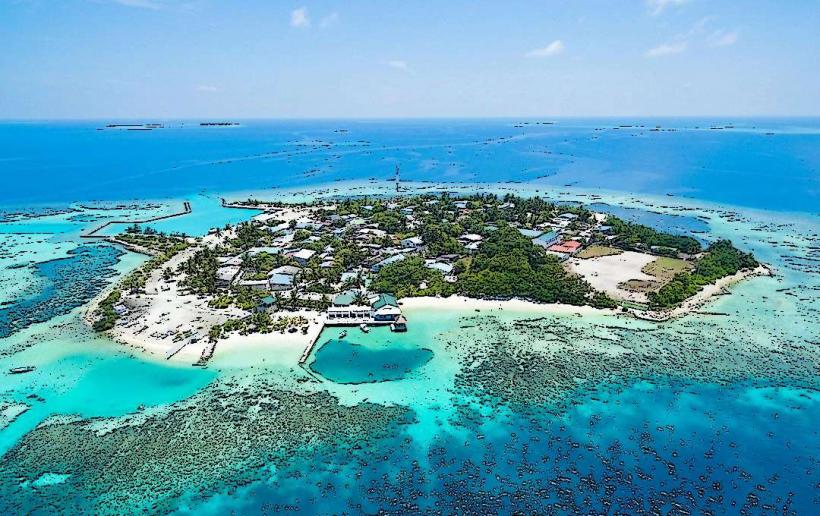Information
Landmark: Manta ReefCity: Shaviyani Atoll
Country: Maldives
Continent: Asia
Manta Reef is one of the most famous dive sites in the Maldives, known for its incredible marine life, especially its regular gatherings of manta rays. Located in the Baa Atoll, it is particularly famous for being part of the Hanifaru Bay area, a UNESCO Biosphere Reserve in the Maldives. Manta Reef offers divers and snorkelers the chance to see these magnificent creatures up close, making it one of the best places in the world for manta ray encounters.
Key Features of Manta Reef:
1. Manta Rays
- Manta Ray Gatherings: Manta Reef is one of the top destinations in the Maldives where you can witness the spectacular gathering of manta rays, particularly during the plankton bloom season. Mantas are often spotted in large numbers, feeding on the plankton-rich waters.
- Best Time to Visit: The most common and active time to see manta rays is from May to November, when the monsoon season brings nutrient-rich waters that attract these majestic creatures. The peak of the season is usually between June and October, when manta rays are abundant.
- Behavior: Manta rays are gentle and graceful animals that can often be seen swimming gracefully around divers and snorkelers. In addition to their majestic appearance, they may also display interesting behaviors, such as "cleaning stations," where smaller fish clean parasites off their bodies.
2. Hanifaru Bay – A UNESCO Biosphere Reserve
- Protected Area: Manta Reef is part of Hanifaru Bay, which is a protected marine area within the Baa Atoll. It is one of the largest manta ray feeding stations in the world. Due to its protected status, visitor access is regulated to ensure that the area’s ecosystems remain intact.
- Diving Regulations: Only a limited number of boats are allowed to enter Hanifaru Bay, and no anchoring is permitted, ensuring minimal environmental impact. Visitors must follow specific guidelines to preserve the marine life and the delicate coral reef systems.
- Snorkeling and Diving: Hanifaru Bay is ideal for both snorkeling and scuba diving, with the chance to swim alongside not only manta rays but also other marine species, such as whale sharks, turtles, and various tropical fish.
3. Marine Biodiversity
- Rich Coral Reefs: The surrounding area of Manta Reef and Hanifaru Bay is home to beautiful coral reefs that host a variety of marine life, including reef sharks, turtles, parrotfish, and schooling fish. These reefs are essential for the local ecosystem and provide a vibrant underwater world for divers and snorkelers.
- Whale Sharks: Although Manta Reef is best known for manta rays, whale sharks are sometimes seen in the area, especially during the same plankton-rich seasons when the mantas are present. These gentle giants are often spotted in the nearby waters of the Baa Atoll.
4. Scuba Diving and Snorkeling
- Diving Spots: Manta Reef itself is a popular site for scuba diving. Divers can experience a fantastic underwater ecosystem with relatively calm waters, offering good visibility. Manta rays can sometimes be seen swimming close to the reef, feeding and performing their elegant gliding movements.
- Snorkeling: For those who prefer snorkeling, Manta Reef is also accessible. The shallow waters around the reef and Hanifaru Bay allow for incredible snorkeling experiences where visitors can witness the grandeur of manta rays and other marine life without the need for diving equipment.
- Visibility: Visibility around Manta Reef and Hanifaru Bay is typically excellent, especially during the dry season when the waters are calm and clear. Visibility can range from 20 meters to 30 meters (65 to 100 feet), providing a fantastic view of the underwater world.
5. How to Get There
- By Resort Excursions: Many resorts in the Baa Atoll and nearby areas offer guided excursions to Manta Reef and Hanifaru Bay. These excursions typically include boat rides to the reef, with guides leading snorkelers and divers to the best spots.
- By Seaplane: Baa Atoll is easily accessible from Malé International Airport via seaplane (approximately 30 minutes). From there, resorts and tour operators arrange transfers to Manta Reef and surrounding dive sites.
- Boat Access: Some local guesthouses and smaller resorts may also organize boat trips to Manta Reef and Hanifaru Bay.
6. Conservation Efforts
- Protection and Sustainability: Hanifaru Bay has been designated a protected marine area by the government of the Maldives, and conservation efforts are in place to ensure that the manta ray populations and surrounding coral reefs are preserved. Visitors are encouraged to follow strict guidelines to minimize human impact on the marine environment.
- Eco-Tourism: Many tour operators and resorts in the area are committed to sustainable tourism practices, ensuring that the local ecosystems are protected while still offering visitors the opportunity to experience the beauty of Manta Reef and Hanifaru Bay.
Conclusion
Manta Reef, especially within the Hanifaru Bay area, is a premier destination for witnessing the graceful and majestic manta rays in their natural feeding grounds. It is one of the most famous manta ray hotspots in the world and offers an unparalleled opportunity for scuba diving and snorkeling. With its protected status, vibrant marine biodiversity, and stunning coral reefs, Manta Reef is a must-visit for marine enthusiasts and anyone looking to experience the incredible underwater world of the Maldives.

